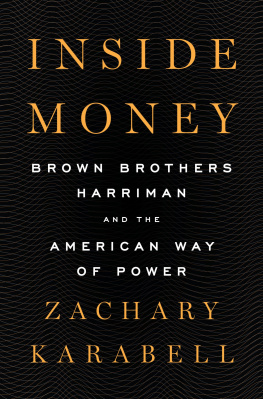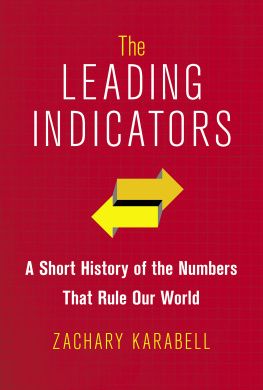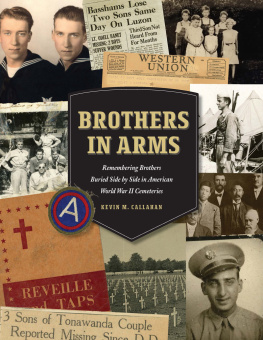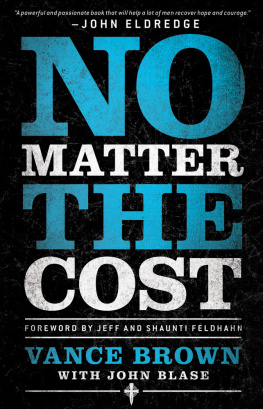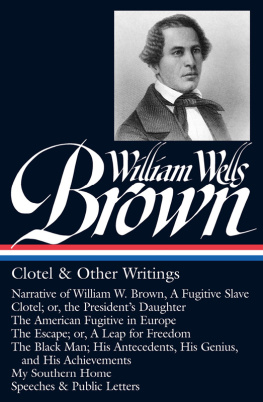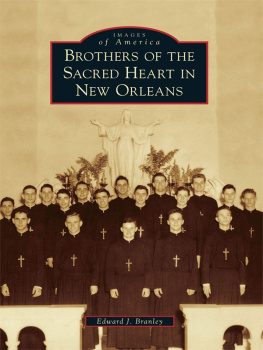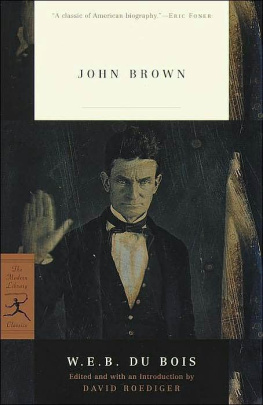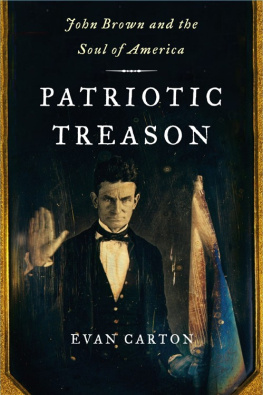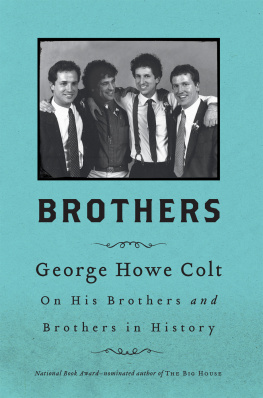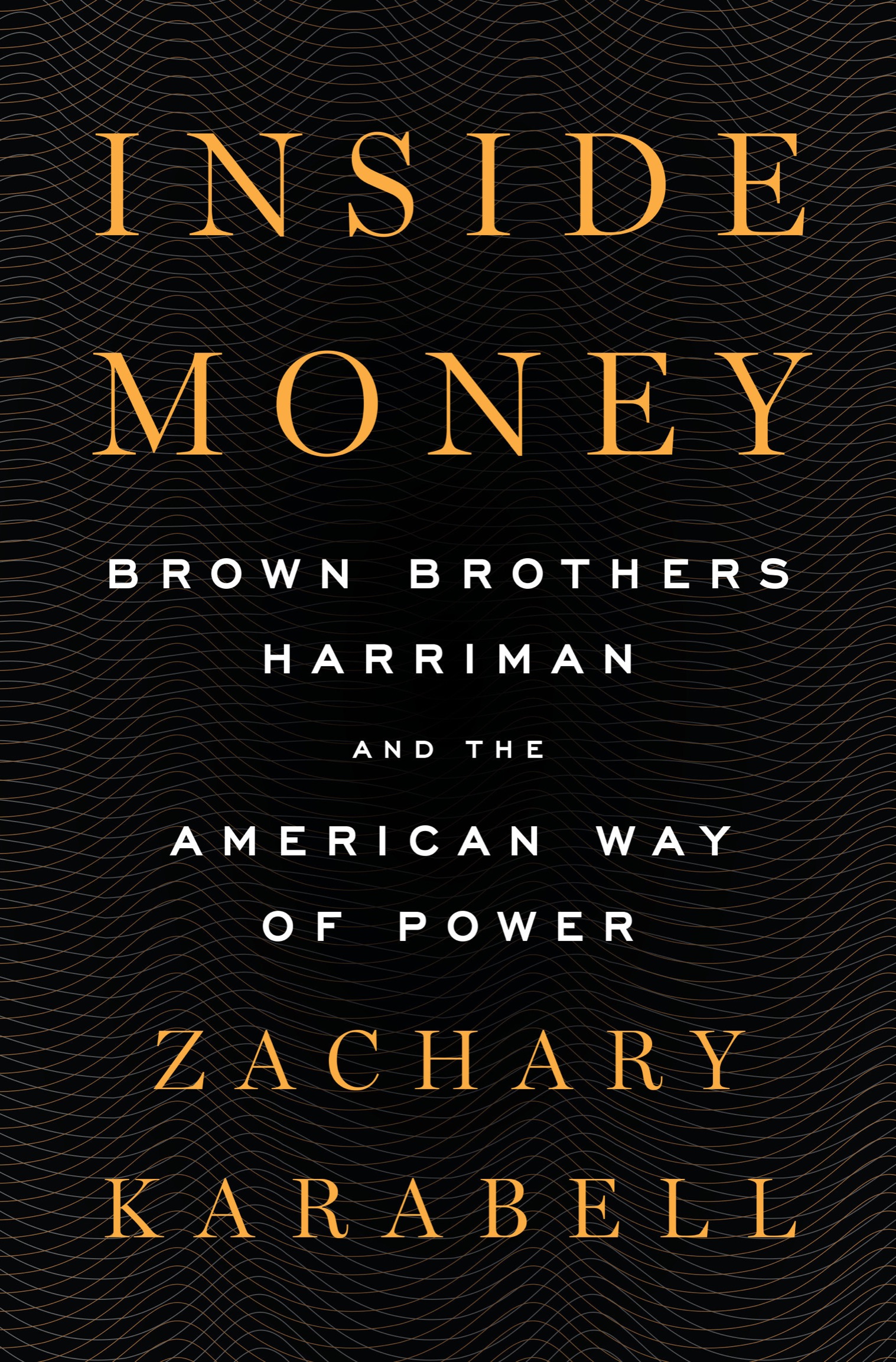Also by Zachary Karabell
The Leading Indicators
Sustainable Excellence (with Aron Cramer)
Superfusion
Peace Be Upon You
Parting the Desert
Chester Alan Arthur
Kennedy, Johnson, and the Quest for Justice (with Jonathan Rosenberg)
The Generation of Trust (with David C. King)
A Visionary Nation
The Last Campaign
Architects of Intervention
Whats College For?
PENGUIN PRESS
An imprint of Penguin Random House LLC
penguinrandomhouse.com
Copyright 2021 by Zachary Karabell
Penguin supports copyright. Copyright fuels creativity, encourages diverse voices, promotes free speech, and creates a vibrant culture. Thank you for buying an authorized edition of this book and for complying with copyright laws by not reproducing, scanning, or distributing any part of it in any form without permission. You are supporting writers and allowing Penguin to continue to publish books for every reader.
Illustration credits: Insert , Herbert Gehr/The LIFE Picture Collection via Getty Images.
Picture Research by Toby Greenberg
library of congress cataloging-in-publication data
Names: Karabell, Zachary, author.
Title: Inside money: Brown Brothers Harriman and the American way of power / Zachary Karabell.
Description: New York: Penguin Press, 2021. | Includes bibliographical references and index.
Identifiers: LCCN 2020019212 (print) | LCCN 2020019213 (ebook) | ISBN 9781594206610 (hardcover) | ISBN 9780698197961 (ebook)
Subjects: LCSH: Brown Brothers & CompanyHistory. | Brown Brothers, Harriman & Co.History. | Private banksNew York (State)New YorkHistory. | Private banksUnited StatesHistory. | Investment bankingUnited StatesHistory. | Merchant banksUnited StatesHistory. | Banks and bankingPolitical aspectsUnited StatesHistory. | CapitalismUnited StatesHistory. | United StatesEconomic conditions. | United StatesForeign economic relations.
Classification: LCC HG2613.N54 B76 2021 (print) | LCC HG2613.N54 (ebook) | DDC 332.1/230973dc23
LC record available at https://lccn.loc.gov/2020019212
LC ebook record available at https://lccn.loc.gov/2020019213
Book design by Lucia Bernard, adapted for ebook by Cora Wigen
While the author has made every effort to provide accurate internet addresses at the time of publication, neither the publisher nor the author assumes any responsibility for errors or for changes that occur after publication. Further, the publisher does not have any control over and does not assume any responsibility for author or third-party websites or their content.
Cover design: Christopher Brian King
pid_prh_5.7.0_c0_r0
Contents
Introduction
In the cold dark of a premarket December morning in 1930, four clerks emerged from the service entrance of the office building at 39 Broadway, each with a cart loaded with documents. They hauled those carts for only a few blocks, to the newly refurbished and expanded offices at 59 Wall Street, the marbled site of one of the most storied firms on Wall Street, Brown Brothers. The carts contained stock and bond certificates that the Harriman family, whose fortune had been born in the railroad boom, had accumulated from Europe and the United States, tens of millions of dollars of notes that were themselves precious assets. The street was barely stirring, but each trip of several hundred yards was escorted by a security guard, armed and alert.
The day before, a small innocuous headline had explained why those clerks were transferring millions of dollars from one office to another: big banking houses decide on merger. Though meriting a front-page mention in The New York Times, the announcement was dwarfed by the two major stories of that day in 1930: the collapse of the mammoth Bank of United States and the demand by President Herbert Hoover that Congress pass an emergency employment bill to stem the bleeding in the U.S. labor market. In the weeks and months ahead, stories of collapse and chaos would proliferate, but the new banking house survived and thrived. That was surprising, though it shouldnt have been. Brown Brothers had always survived, through crisis after crisis, as it still does today.
What we now call the Great Depression was in full force on December 12, 1930, the day of the announcement. More than 1,200 banks had already closed their doors, their deposits lost forever as vaults were drained by panicked customers who had watched the stock market collapse at the end of 1929 and who had then seen a brief false dawn followed by much worse. No federal deposit insurance covered those losses, and no safety net existed to cushion the fall. The panic infected every segment of society, from farming to banking, from manufacturing to retail, and then spread throughout the world.
Yet no outward sign of distress would have been noticed one fall day in 1930 when a group of nattily dressed young men chartered a railcar on the New Haven line to take them from Grand Central Station to their college reunion at Yale. They were a self-confident lot, in their midthirties, ambitious, all of them born to wealth, none of them having known a day of want. Among them was a tall and lanky man named Prescott Bush. He had married well, wedding the daughter of George Herbert Walker of St. Louis, who had started his own investment firm before becoming president of W. A. Harriman & Co., founded by Averell Harriman, the debonair yet tight-lipped eldest son of the pugnacious railroad baron E. H. Harriman. Prescott had gone from selling rubber flooring to working as a vice president at Harriman with his college friend Roland Bunny Harriman, Averells younger and more easygoing brother. Roland wasnt on the train that day, but Ellery James and Knight Woolley were. Ellery was a partner at Brown Brothers, and Knight, who was rarely without a bespoke double-breasted suit, was managing partner of another one of the Harriman firms. These young men were entwined by professional and personal bonds, each having been sworn into Yales exclusive Skull and Bones society before enlisting in the military for Americas brief and bloody participation in World War I. Their tight circle included not only the Harriman brothers but also the wiry, intense Robert A. Lovett, whose father, Robert S. Lovett, had served as the elder Harrimans general counsel.
But while they had reveled in the prosperity of the 1920s, they were not immune to the storms outside in 1930. As they headed to their reunion, cosseted in their private car, playing poker for stakes well in excess of the average weekly wage for millions of Americans, they knew that all was not well in the world. Both Harriman and Brown Brothers were teetering under the weight of credit they had extended to businesses that could no longer repay. Given the deep personal connections between the partners of the firms, it must have seemed organic when the idea of a merger was broached over poker and scotch. Other firms werent merging; they were collapsing, and both Harriman and Brown Brothers needed to shore up their business and preserve their capital.
Brown Brothers had more than a century on Harrimans firm. It was a titan of Wall Street, but in reputation and standing rather than size. It was not particularly large in assets, but its influence and reach were as extensive as the flashier J.P. Morgan & Co. or the much larger Chase National Bank, which was infused with Rockefeller money. Because Brown Brothers was a partnership without one figurehead, it attracted neither notoriety nor much public attention, and it did not have the benefit of one mans fortune ever at the ready. The partners of Brown Brothers shunned the public spotlight and cultivated a sterling reputation within the close-knit world of finance and banking. To become a partner, each man had to be invited and then was required to contribute his share to the firms working capital. Like all partnerships, Brown Brothers lent and invested the partners money. Each deal had to be assessed in terms of how much of their own personal fortune they were willing to risk. In sharp contrast to the investment banks and venture firms and private equity groups of today, the partners at Brown Brothers were not agents acting on behalf of anonymous shareholders or mammoth institutions. Every Brown Brothers partner was

